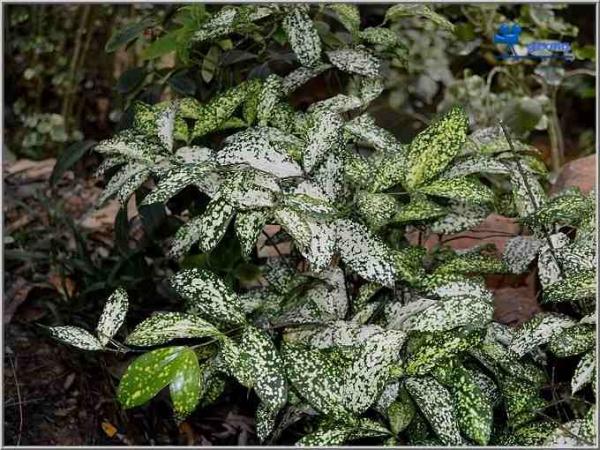More and more Filipinos have taken interest in foliage plants, both for their profit potential and their aesthetic value. One of the most in demand and also considered as the best indoor plant is the Dracaena godseffiana, a spreading and shrubby plant popularly used in flower arrangements and florist greens.

Dracaenas are made up of many varieties with sizes ranging from small tabletop varieties to plants 20 feet tall. They are known for their colorful leaves that often vary from emerald to gray green and sometimes with white or yellow stripes or yellow cream spots. In the local market, the D. godseffiana is sold in three varieties: the ‘Gold dust’ whose leaves are specked with small, cream colored spots; the ‘Milky way’ that has wide bands of white running at the middle of its leaves; and the yellow and green specked ‘Florida beauty’.
To further promote the production of this plant, researchers from the Institute of Plant Breeding in UPLB and the Philippine Council for Agriculture, Forestry and Natural Resources Research and Development (PCARRD)developed mass propagation techniques for the D. godseffiana under its Integrated Ornamental Horticulture R&D Program.
Easy growing with plastic
The kulob and plastic tent methods are two techniques recommended in growing D. godseffiana. These methods were proven effective in attaining extensive rooting even without the use of rooting hormones.
In the kulob method, a polypropylene plastic bag is used to enclose the plant. Initially, a rooting medium composed of pure coconut coir dust or an equal combination of sand and coir dust is placed in a 4×4 plastic pot. Stick the cuttings (four to five maximum) 2 cm deep in the medium; make sure that these are watered beforehand. The whole pot is then enclosed with the plastic bag and sealed with a rubber band to ensure that moisture is steadily maintained. The plastic tent method is a modification of the kulob method. It consists of a 4×1 m bed structure that is raised 2 ft above the ground and enclosed with six polyvinyl sheets. The tent is recommended for large-scale production.
Transplanting
The cuttings should have established their roots after three to four weeks and should be ready for transplanting. To use the cuttings as stock plants, transfer them individually or in groups of two to three to a 6x6x11 plastic bag containing any of these growing media: garden soil and coconut coir dust with 1:1ratio or garden soil, coconut coir dust and sand with 1:1:1 ratio. Avoid exposing the plants to full sunlight as this my damage the leaves. Complete fertilizer should be applied thrice a month, urea on the fourth week, and slow release fertilizer, such as Multicoat, every quarter. Moderate and consistent watering must be done daily during the dry season and thrice a week during wet months.
As indoor plotted plants, the cuttings must be transferred individually or in groups of two or three to a 4×4 plastic pot containing any of these non-soil growing media: coconut coir dust; sand and coir dust with 1:1 ratio; or sawdust and burnt rice hull with 1:1 ratio. The plants must be kept in a partially shaded area for one week after which it should be transferred to a shaded area for another week. Like all plants, it requires sufficient natural light and water to keep it healthy. Unlike the stock plants though, indoor cuttings don’t need as much fertilizer except for urea application twice a month to enhance leaf color.
————————————
Source:
PCARRD Information Bulletin No. 137a/2000: Mass propagation of Dracaena godseffiana ‘Florida Beauty’ by Dr. Simeona Siar and Mr. Herminio Jalotjot, Jr., IPB, UPLB. For more information, please contact: Dr. Joy Eusebio, Director, Crops Research Division, PCARRD, Los Baños, Laguna, Tel. No. (049)536-0014 to 0020.)
By: Thea Kristina M. Pabuayon, BAR Digest, October-December 2001 Issue (Vol. 3 No. 4)
